Share
Share
Or
https://www.archdaily.com/1032879/designing-with-kids-5-participatory-projects-that-empower-young-users
A good design should be adapted to the user’s needs, and participatory design aims to reduce the distance between architects and those for whom the project is made. In this sense, projects for children that welcome them as central actors in the design process demonstrate how the potential of active listening and co-designing is reflected in spaces adapted to a smaller scale and to an audience in a phase of intense learning.
Whether they are kindergartens, schools, community centers, or public spaces, participatory projects with children show how the design process can be an enriching exchange for both sides. On the one hand, children can learn about materials, scales, decision-making, and develop spatial awareness. On the other hand, the architects responsible for making the desires and needs of the young users concrete can learn to exercise sensitivity and imagination and recognize a different worldview focused on discovery. All of this is possible through listening and open dialogue between different age groups.
Finally, the inclusion of children in participatory processes often opens doors to an expanded network that also includes their families, engaging communities, and proving that architecture is for everyone, as the projects presented below demonstrate.
Related Article Learning Through Play: Architecture for Kids in Educational Spaces and Playgrounds Renacer de Chamanga Community House / Actuemos Ecuador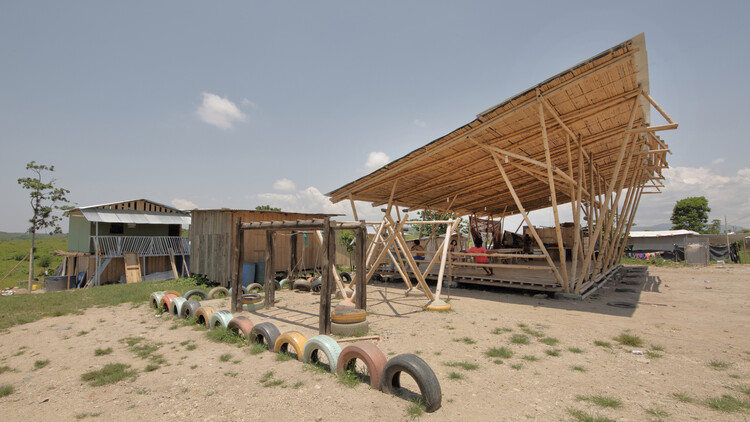 © KliwadenkoNovas
© KliwadenkoNovas
Designed to serve 30 families in an Ecuadorian region devastated by an earthquake, this community center focused on supporting the community’s organization. Through activities like reconstruction, communal work, and workshops, the center aimed to empower residents and stimulate the local economy. This approach was intended to help the community, fostering long-term resilience and recovery.
The children’s play area started from the drawings and workshops with the children of the community. As a result of these, an interlocking structure of cane and pilings created an element that allows children to climb, hang, or slip.
Tree Square / Lazo Arquitetura e Urbanismo © Pedro Celso
© Pedro Celso
Praça da Árvore was a community-driven project from the start. On-site workshops with local children, the future main users of the space, and their surrounding network helped shape the design. The square was created specifically for children aged 0 to 3, with the goal of creating a city that’s safe and playful for kids – and, in turn, better for everyone. The design encourages free play with features like a dry fountain and playful topography, all complemented by gardens and a central Paineira tree.
In the first workshop, about 20 children and 5 mothers participated, which was important to understand the profile for the assembly of the intervention, with the majority of children. The later workshops served as a north for the whole process of creating the project. We realized the desire to see stars, balloons in the tree, swings, slides and a water fountain. The number of participants increased and we reached 70 children and caregivers(s) who installed and celebrated the departure of the project.
Bang Nong Saeng Kindergarten / Sarquella + Torres Arquitectes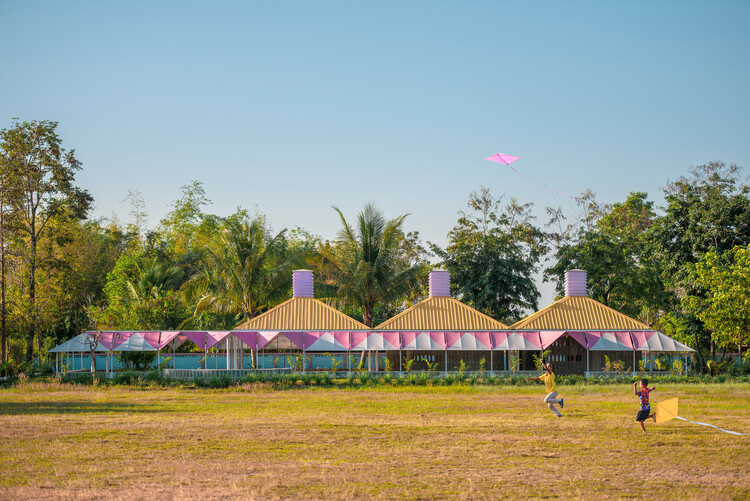 © Beer Singnoi
© Beer Singnoi
The design of this kindergarten was built on a foundation of community participation. A key step was to first identify the community’s educational and recreational needs, which then guided the redefinition of the spatial requirements. During construction, on-site inhabitation was used to foster a creative environment and promote social bonding across different classes, generations, and backgrounds.
At Dum Yai, the process became more relevant than the result when city students, international instructors, village kids, and rural workers shared and learned from each other while working side by side.
A Sustainable School Brazil / Sem Muros Arquitetura Integrada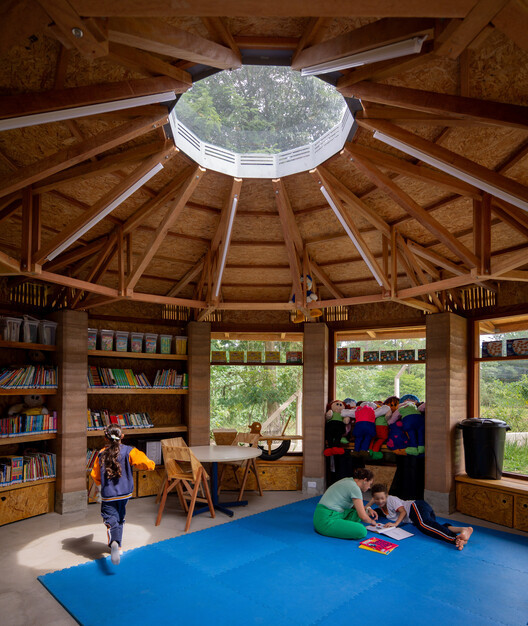 © Paula Monroy, Emilio Echevarría
© Paula Monroy, Emilio Echevarría
The Sustainable School Brazil project revitalized a 1950s building through a participatory process with students, staff, and families. Each group was engaged through a unique dynamic, but the starting point was the same: “what do you envision for this school?”. The feedback and ideas gathered from this process led to the project’s foundation on three key pillars: minimal environmental impact, a hands-on learning approach, and rapid construction.
 © Paula Monroy, Emilio Echevarría
© Paula Monroy, Emilio Echevarría
This project involved builders, the school community, public authorities, children, architects, students, among others, within a process that took an interdisciplinary and collective approach, where participatory design extends and gains substance during the construction with solutions created from the resources available on-site.
CSF Centre for People With Disabilities / Rizvi Hassan © Rizvi Hassan
© Rizvi Hassan
Designed as a shelter for children with disabilities, this project serves as a school and therapy center. A collaborative approach emphasized listening to users’ needs and building together: workshops with local artisans allowed children’s artwork to be incorporated into the walls. The center’s design encourages exploration and playfulness through textured walkways, climbing steps, and low walls, while ensuring accessibility. These elements also ensure parents can remain nearby to support their children.
We employed a participatory design method, where the children, their families, and the community were actively involved in shaping the space. We started by sitting down with the families and children, sharing thoughts, ideas, and dreams. Through a series of discussions, sketches, and even walking on large-scale printed plans, we co-created a space that reflected the needs and aspirations of everyone involved.
This article is part of an ArchDaily curated series that focuses on built projects from our database grouped under specific themes related to cities, typologies, materials, or programs. Every month, we will highlight a collection of structures that find a common thread between previously uncommon contexts, unpacking the depths of influence on our built environments. As always, at ArchDaily, we highly appreciate the input of our readers. If you think we should mention specific ideas, please submit your suggestions.
This article is part of the ArchDaily Topics: Shaping Spaces for Children, proudly presented by KOMPAN.
At KOMPAN, we believe that shaping spaces for children is a shared responsibility with lasting impact. By sponsoring this topic, we champion child-centered design rooted in research, play, and participation—creating inclusive, inspiring environments that support physical activity, well-being, and imagination, and help every child thrive in a changing world.
Every month we explore a topic in-depth through articles, interviews, news, and architecture projects. We invite you to learn more about our ArchDaily Topics. And, as always, at ArchDaily we welcome the contributions of our readers; if you want to submit an article or project, contact us.
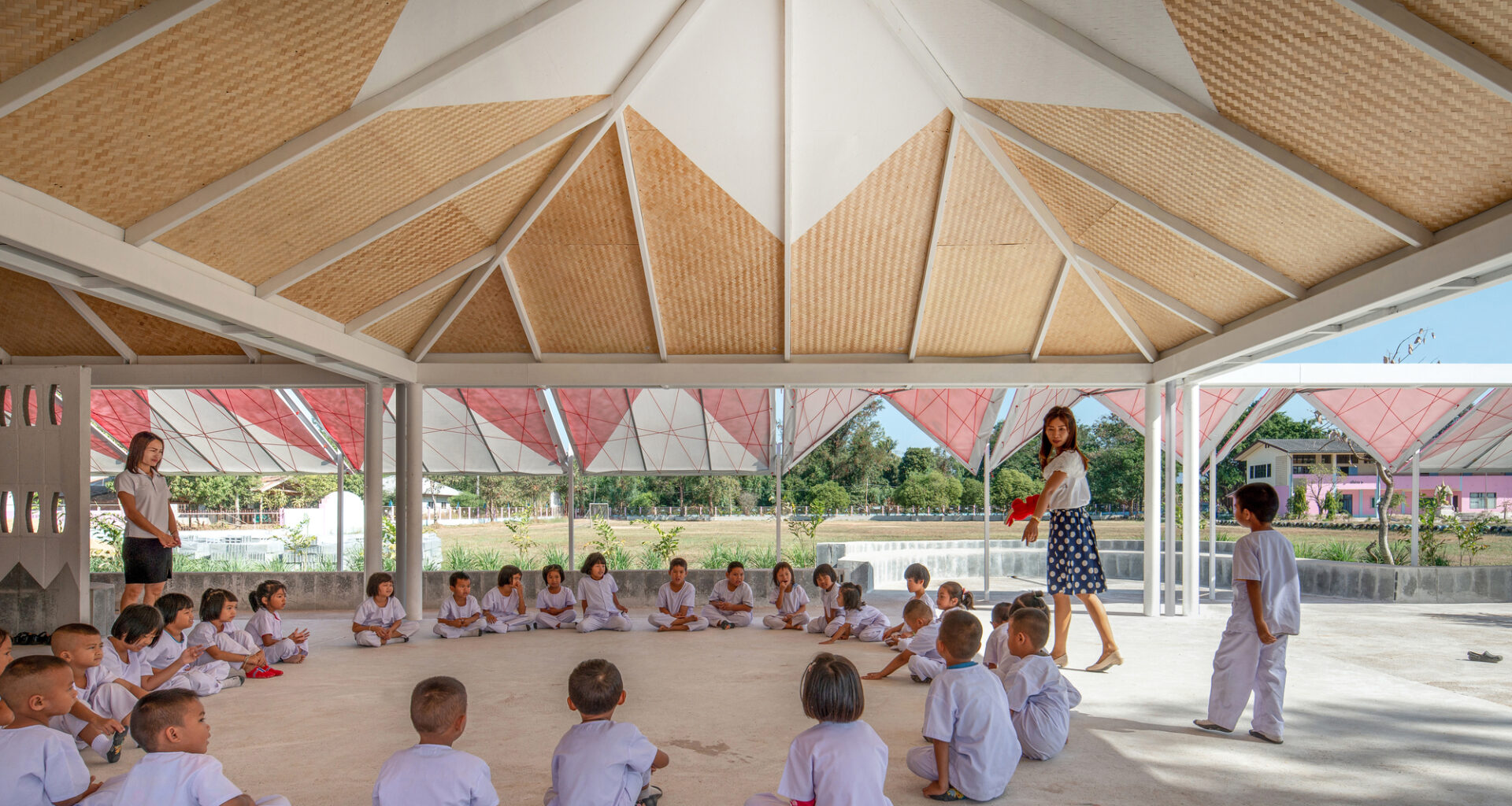


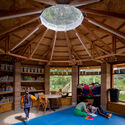
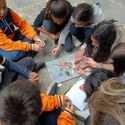

 © RAMA ESTUDIO
© RAMA ESTUDIO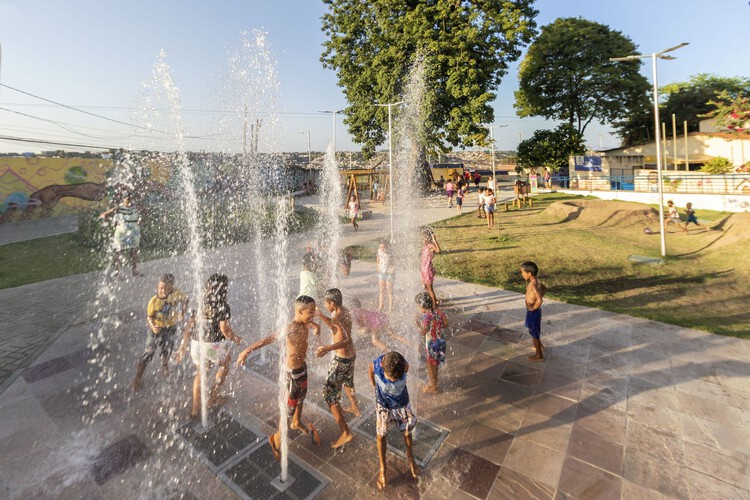 © Pedro Celso
© Pedro Celso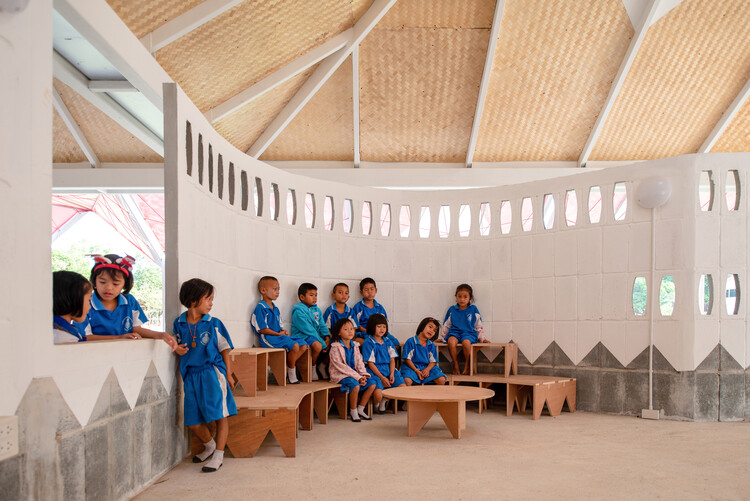 © Beer Singnoi
© Beer Singnoi © Rizvi Hassan
© Rizvi Hassan